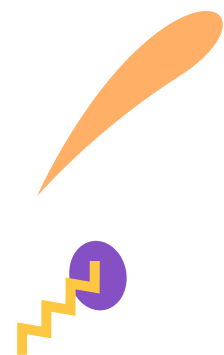

Everything you need to know about the Year 3 maths curriculum.

Author
Robyn Oliver
Published
September 2025


Key Takeaways
Table of contents
Year 3 is the first year in what is known as upper primary school. This refers to the fact that a Year 3 child is no longer in the early childhood program (Kindergarten to Year 2) and the learning requirements have progressed from learning through a mix of play-based learning and structured learning, to a more academic focus. Year 3 students are becoming more independent in their learning and are usually settled within their school environment. With the independence and structured learning comes the assessments, students in Year 3 Maths will be preparing to sit the NAPLAN tests for the first time!
The Year 3 maths Australian Curriculum is made up of three strands: Number and Algebra, Measurement and Geometry, and Statistics and Probability. Each of these strands is further divided into multiple sub-strands.
Throughout Year 3 maths, your child will be introduced to the following sub-strands of the curriculum:
Unlock unlimited maths questions
Put your skills to the test with fun exercises + maths games that are proven to boost ability!
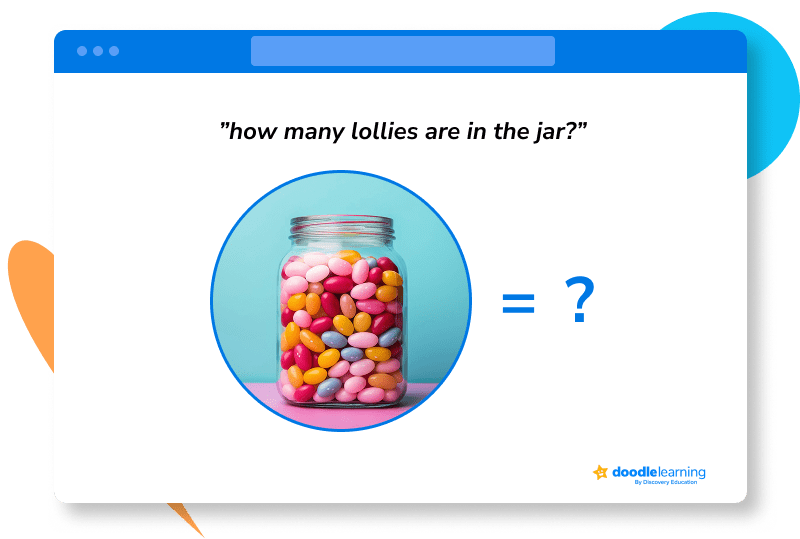
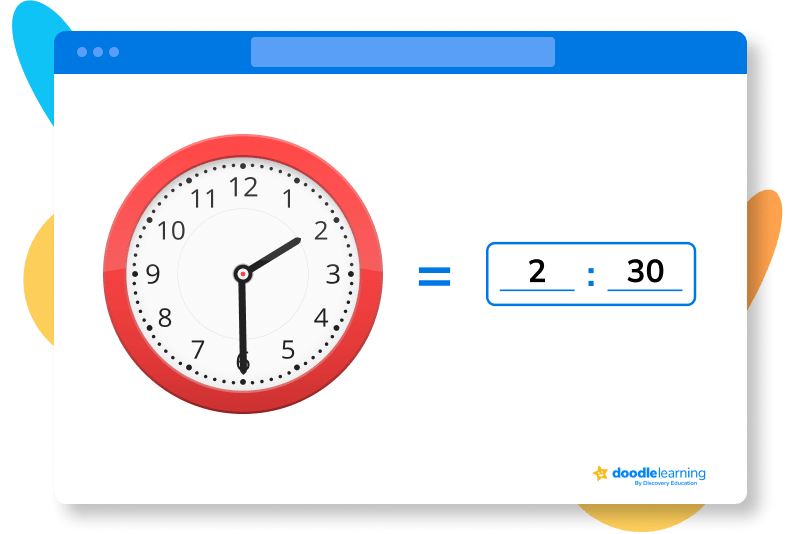
Tip! If your child is struggling with the concept of right angles, grab an A4 piece of paper and fold it neatly in half once and then in half again, and draw a small square in the folded corner! You’ve created a right angle! Use your paper to test out right angles in your home!
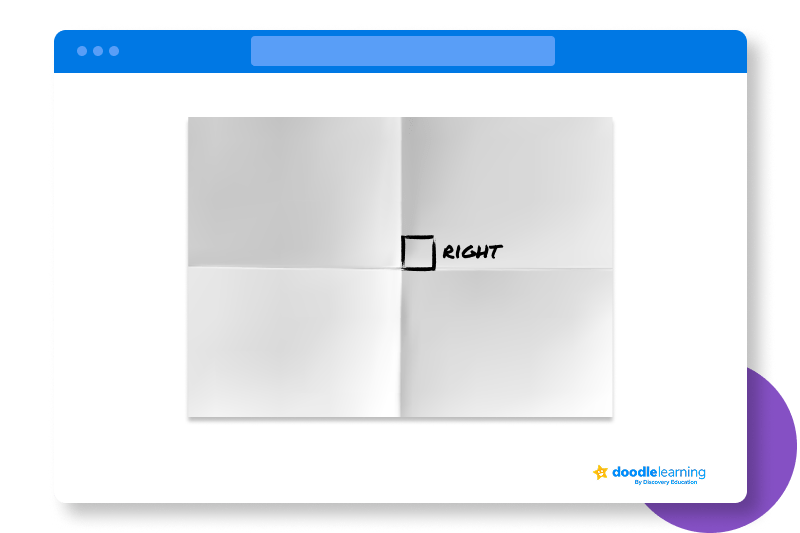
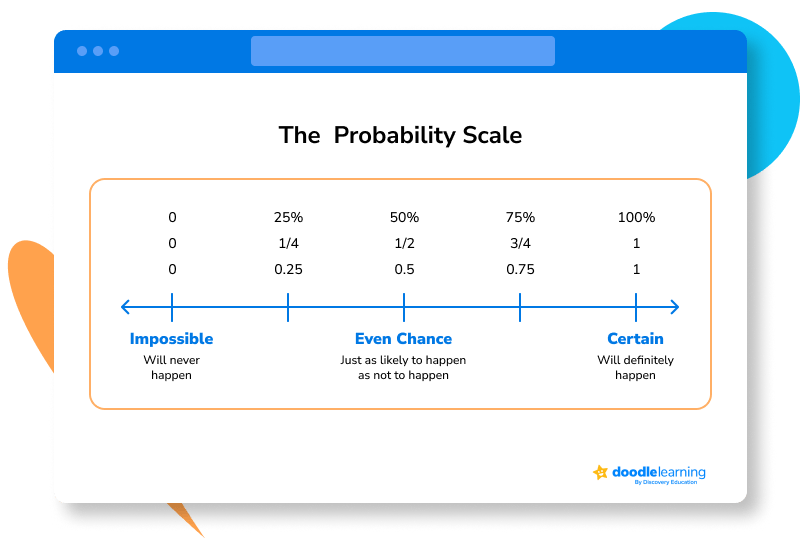
NAPLAN, which stands for National Assessment Program in Literacy and Numeracy, is a series of assessments that students in Years 3, 5, 7, and 9 in both public and private schools across Australia participate in. The assessments are created to measure the learning of students against the Year 3 maths Australian Curriculum. This means everything in the assessments will be content that your child is already learning in school!
The maths tests are usually multiple-choice or drag-and-drop style questions. These questions can change depending on the students responses when answering the initial set of questions; this method is what NAPLAN calls tailored testing. All students will start with the same questions, “testlet A”; their answers to testlet A will determine which testlet is next delivered. This method of testing encourages higher levels of student engagement and less discouragement for students who may be feeling anxious about sitting the assessments.
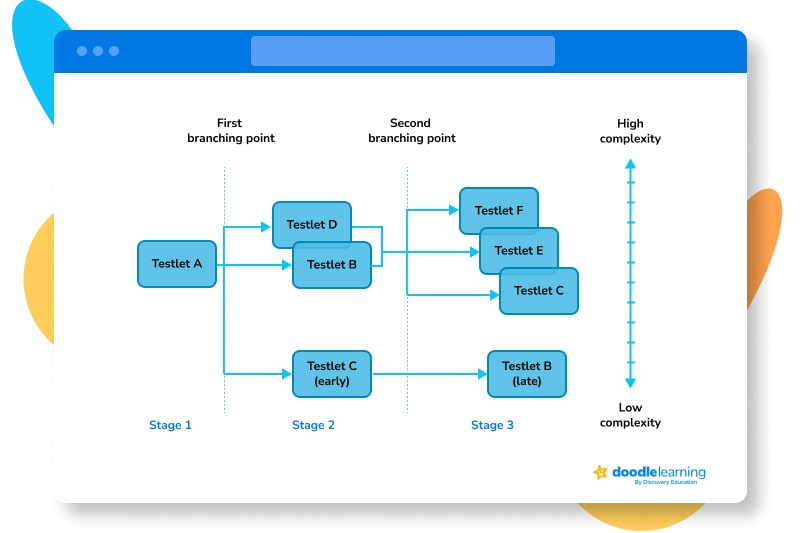
Teachers will also monitor your child’s progress through informal assessments.
To support your child on their maths journey, focus on a healthy routine, which supports children to digest and practice using the information they are learning. Like everything, revision and homework should be done in moderation, breaking it into manageable chunks if necessary to suit your learner.
Alongside homework, teach your child that maths can be fun! Using a maths app such as Doodle Maths allows children to have fun with maths, play games, and earn rewards! Families can access their child’s online dashboard to track their progress as they complete their daily 10-minute program of work!
Alongside monitoring their progress on the Doodle Maths dashboard, where possible, try to set aside some time to spend with your child as they complete their maths homework. Even if you’re unsure of the answers, you can problem-solve together! Be sure that the time you choose to complete homework works best for your child and family; a noisy house with distractions can lead to frustrations and have a negative impact on your child’s learning!
Lesson credits

Robyn Oliver
Robyn is a teacher, educational content creator, and mum to three. After completing a Bachelor of Childhood Studies and a Postgraduate Certificate in Early Childhood Education, she moved to Perth, WA, and has spent her career working in a range of early childhood services and schools. These days, she mixes relief teaching in local schools with creating practical, engaging resources and mentoring early childhood services. Her work is driven by a genuine passion for supporting children to grow and learn, and helping educators feel confident and inspired in what they do.

Parents, sign up for a DoodleMaths subscription and see your child become a maths wizard!

Book a chat with our team
If you’d like to use Doodle’s browser version, please visit this page on a desktop.
To log in to Doodle on this device, you can do so through our apps. You can find out how to download them here: